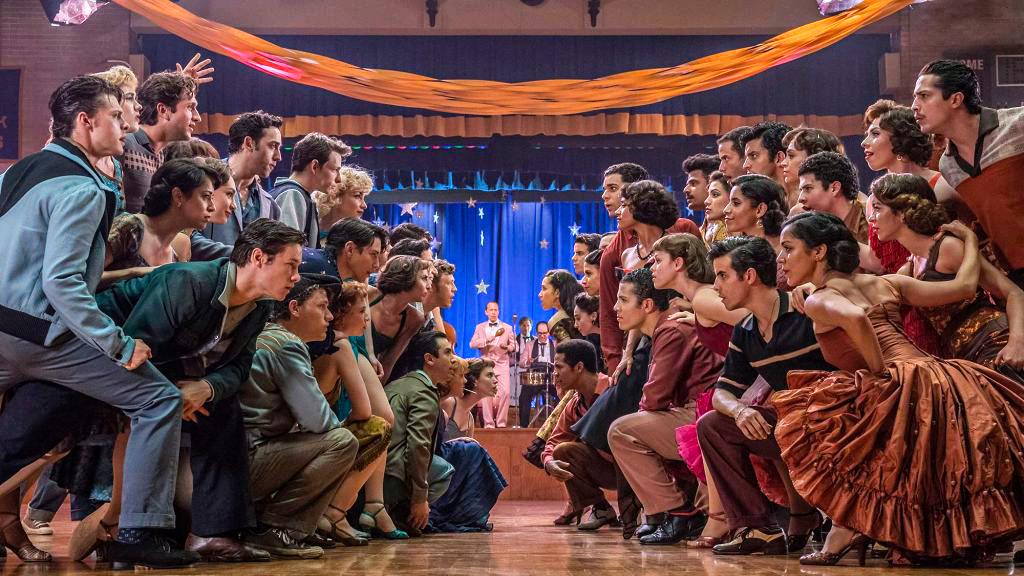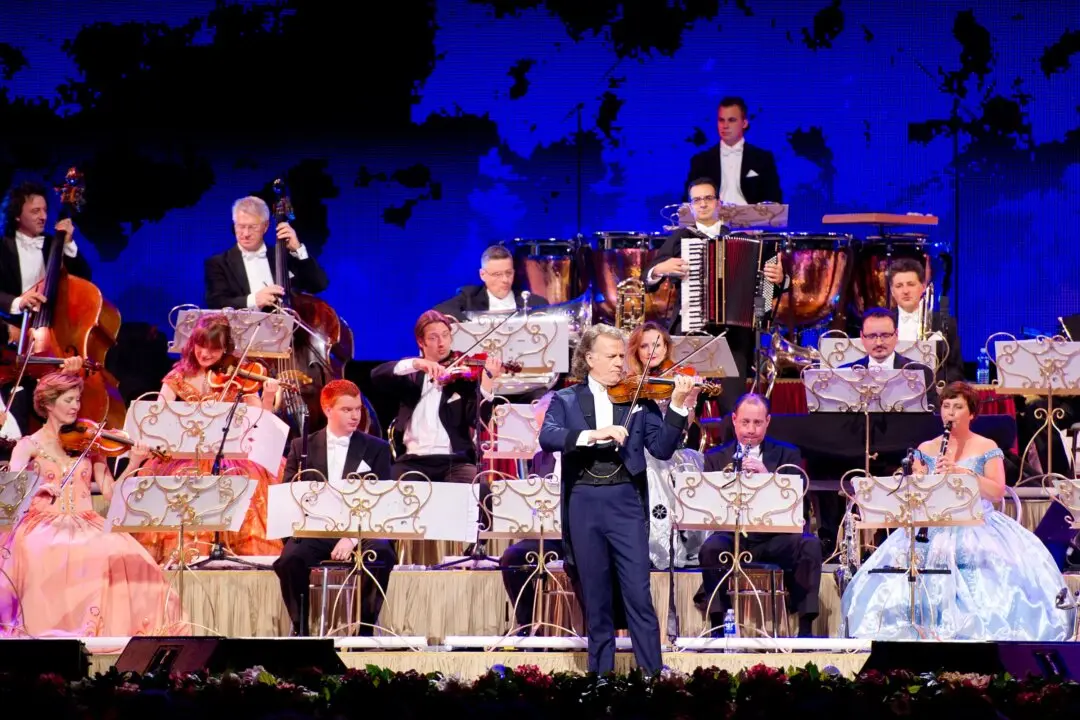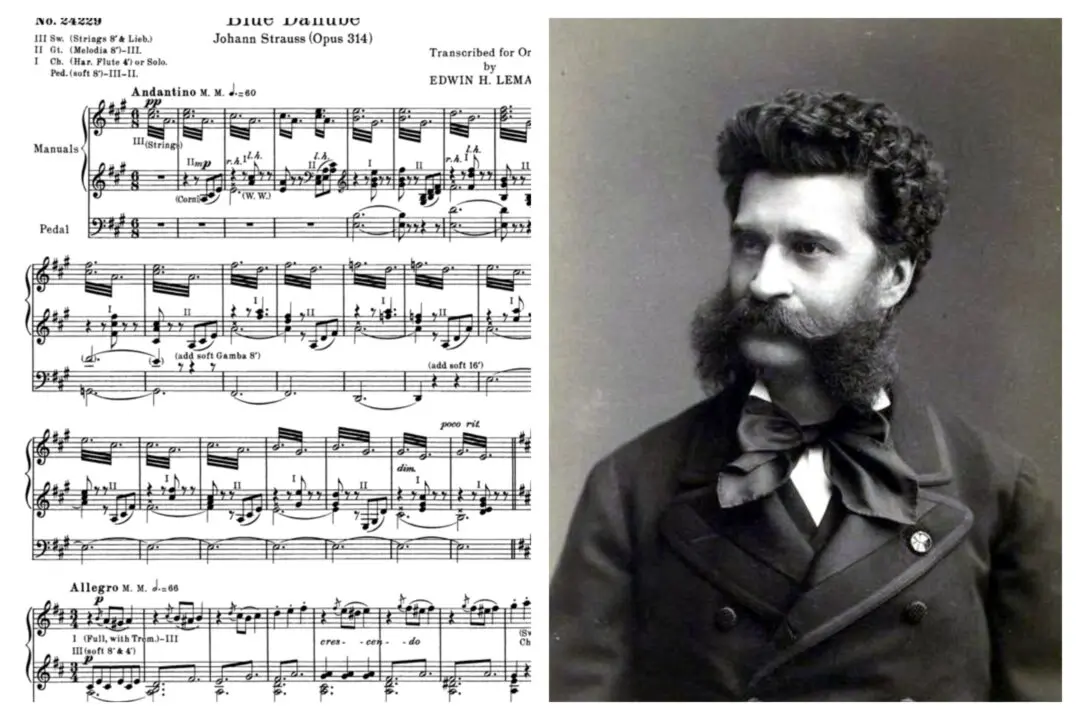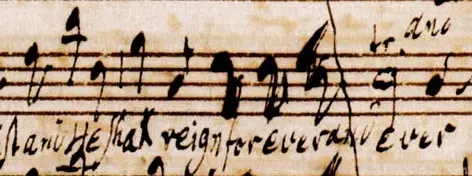The new film adaptation of the 1957 Broadway musical play “West Side Story” opened Dec. 10 to the conundrum of rave reviews and limp box office. Why director Steven Spielberg decided that the highly celebrated, Oscar-winning 1961 film of this musical needed remaking is anyone’s guess. If his purpose was to update the script to reflect current politically correct attitudes, he succeeded.
Tony Kushner’s screenplay includes several laughable interpolations of present cultural beliefs, including the pointless inclusion of the Puerto Rican national anthem sung with raised fists. Another is the evolution of tomboy character Anybodys into a fully trans female-to-male whose monstrous physical strength somehow allows her/him to beat up a roomful of police officers.






